
Feel free to add tags, names, dates or anything you are looking for
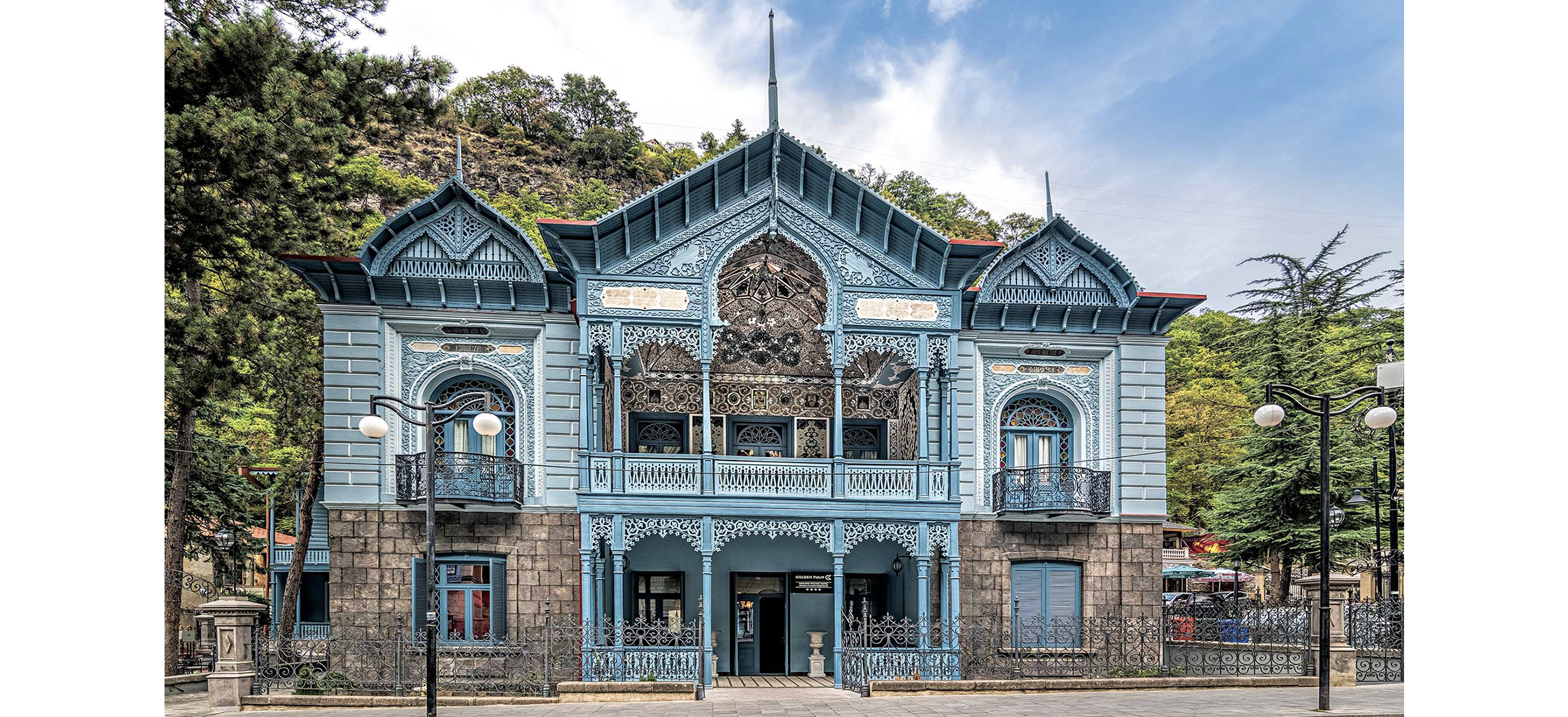

Piruza is the name of a building that stands out from all other country houses, both in terms of its artistic design and its vibrant colors. It stands near the entrance to the main park of Borjomi. Mirza Reza Khan, an Iranian diplomat who served as the Iranian Consul General in Tbilisi from 1889 to 1895, constructed Piruza on a piece of land that he had earlier purchased with the permission of Nicholas Mikhailovich Romanov, Grand Duke and a Viceroy of the Caucasus (1863–1881).
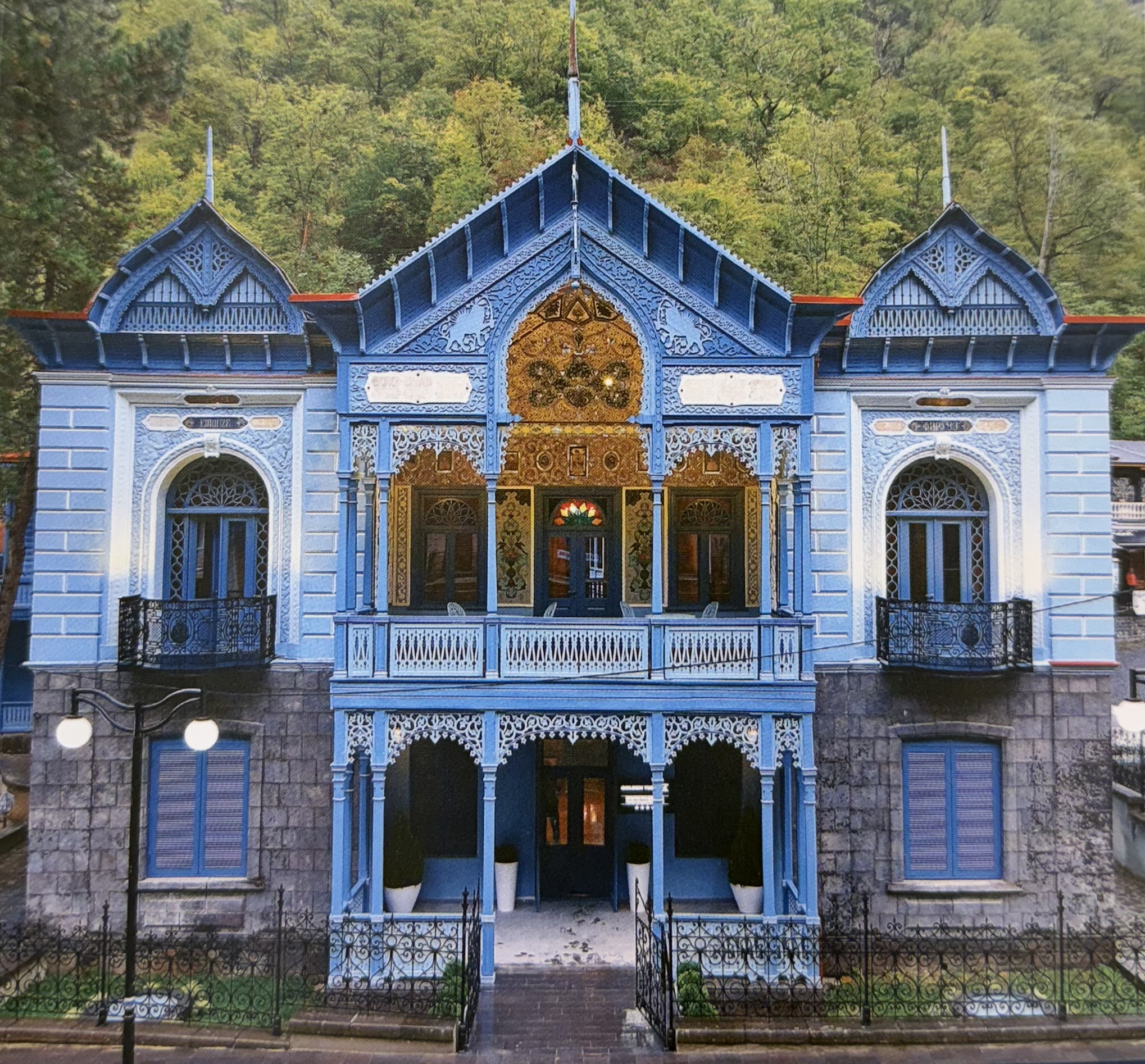
Hotel Piruza, general view
Mirza Reza Khan Arfa ad-Dawla was one of the most prominent and vivid figures in the Iranian diplomatic elite of the late Qajar period. He was born in Tabriz in 1853, to a family of Muslim immigrants originally from Yerevan. Intelligent and ambitious, he caught the eye of Iranian ruler Nasser ad-Din Shah in 1873, and was appointed as an attendant and translator.
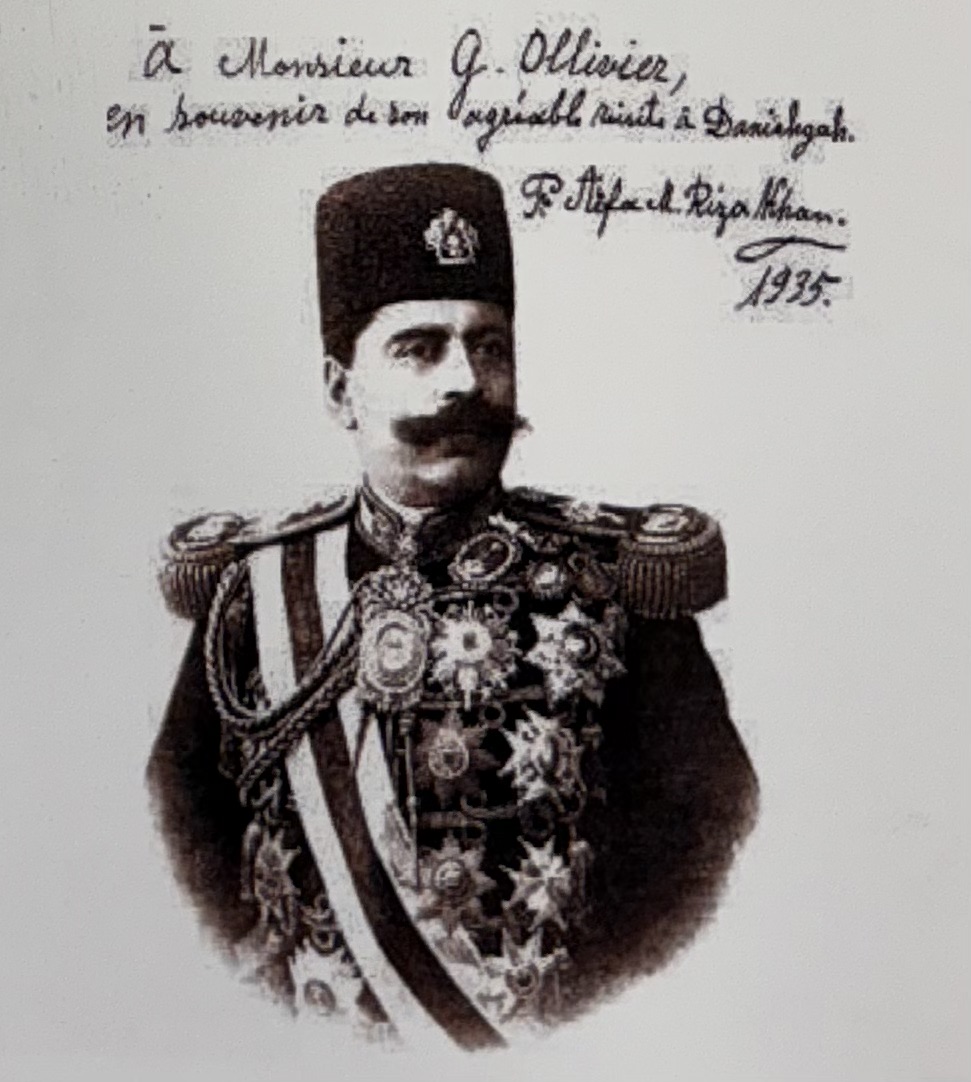
Mirza Reza Khan. 1900
Mirza Reza Khan joined Nasser ad-Din Shah on his first trip to Europe, then, in 1889, he accompanied the Shah on his third European tour. After their return, the Shah appointed him as the Iranian Consul General in Tbilisi, a position he held until 1895.
Mirza Reza Khan had a deep passion for creating elegant and refined architectural works. The Iranian consulate building in Tbilisi, acquired from a German engineer and extensively remodeled in an oriental style, continues to embellish the city today. It was referred to by contemporaries as “the Diamond Palace” because of its unique design. In the 1910s, Reza Khan had the Villa Danesh constructed in Monaco, a lavishly furnished, three-story domed building adorned with carvings, figurative compositions, paintings, and Persian inscriptions, sometimes referred to as “the Museum of Iran.” Also to his name are his luxurious residence, known as Daneshabad, in Tabriz, and an exquisite residence in Tehran, which housed the exhibition hall for the Iranian Ministry of Culture throughout the 1950s.
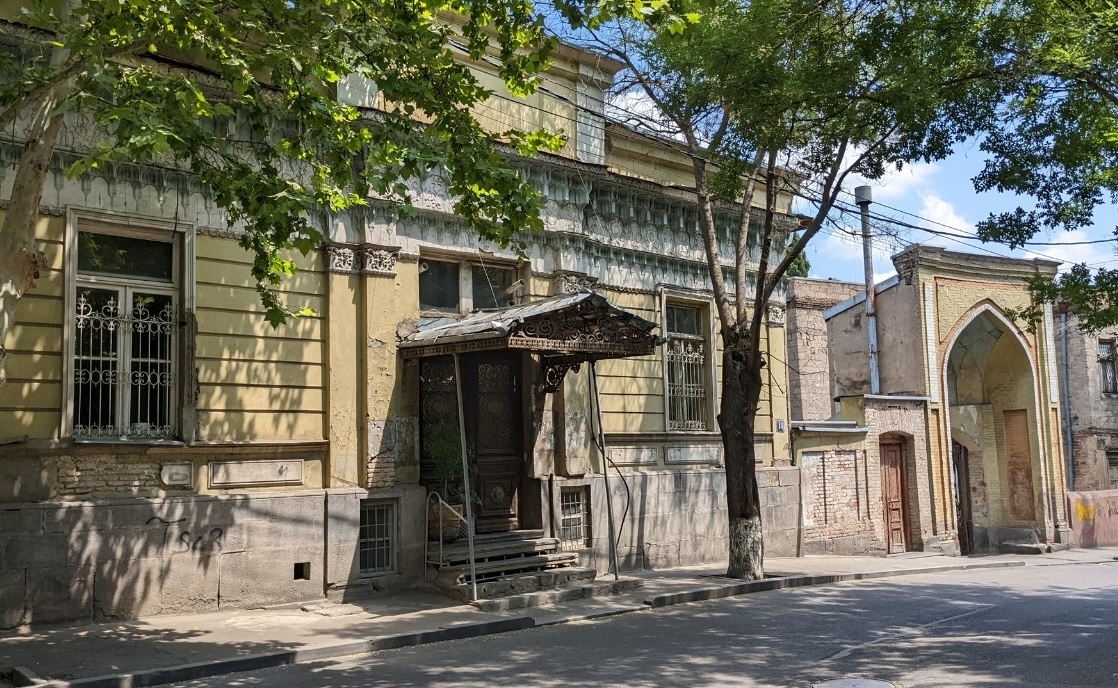
Diamond Palace, Tbilisi
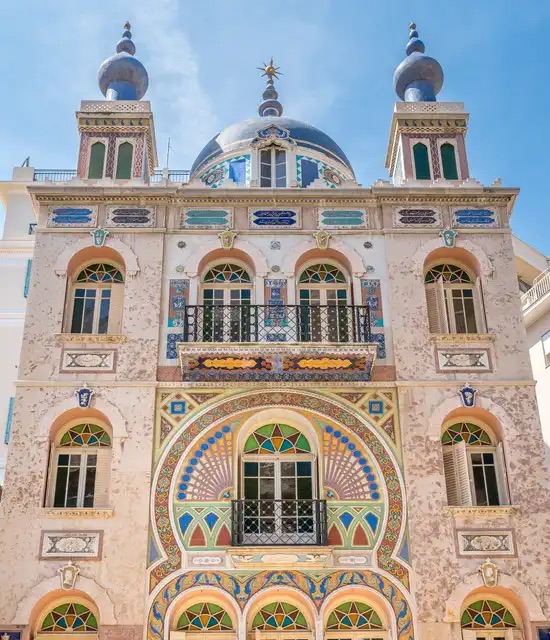
Villa Danesh, Monaco
Piruza in Borjomi is a large, two-story structure with a façade facing the main street. Its key artistic feature is a beautifully carved wooden, blue-painted, two-story balcony that protrudes slightly from the side facades and is embellished with traditional Georgian chviruli décor. Images of a lion holding a drawn sword, and the rising sun positioned behind it, have been placed in the upper left- and right-hand corners of the balcony. This is the official state symbol of Iran's Qajar royal dynasty (Shir-o-Khorshid), indicating the building's prominence. The second floor of the main building's side façade is adorned with European-style iron balconies, and the tympana above the exit doors is highly ornamented with stucco.
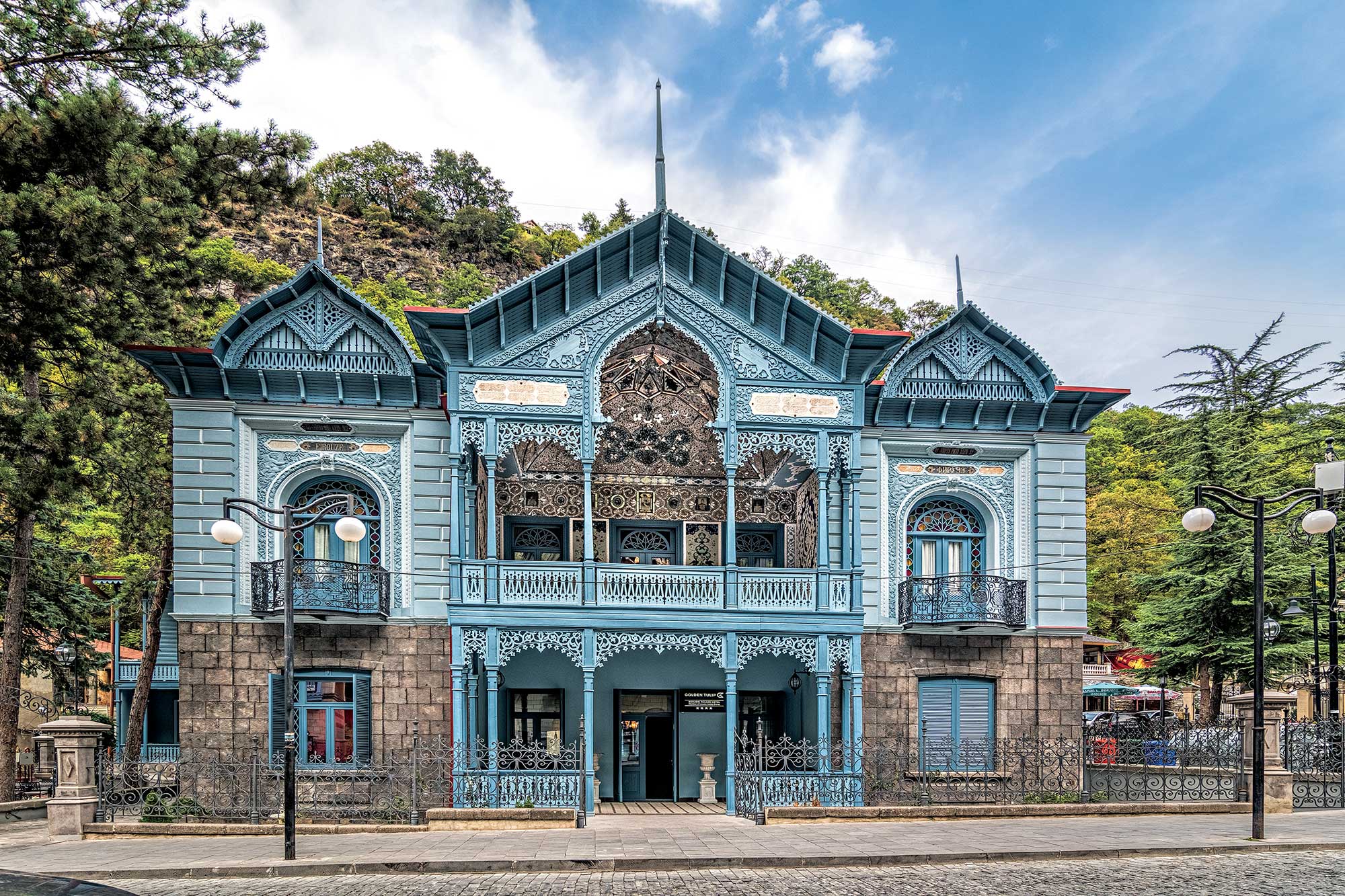
Hotel Piruza, general view. 2018
The building was named Piruza by friends, and stands in memory of Mirza Reza Khan, attested to by the Persian inscription beneath the Latin and Russian words, which read: "Mirza Riza Khan 1892" on the alabaster plates in the upper portions of the right and left wings. The iron balconies' central medallions also bear the name Mirza Reza Khan, written in Persian.
The internal decoration of the blue balcony, adorned as it is with oriental-style mirrors, stucco and painted medallions, is one of the principal creative features of the façade ornamentation, of which you can read more below. The building's rear section is a square-shaped construction, which includes an internal courtyard and windowpanes of various hues. Today a hotel, the building boasts a dining area housed in an internal room with stucco molding and mirror-adorned decorative features.
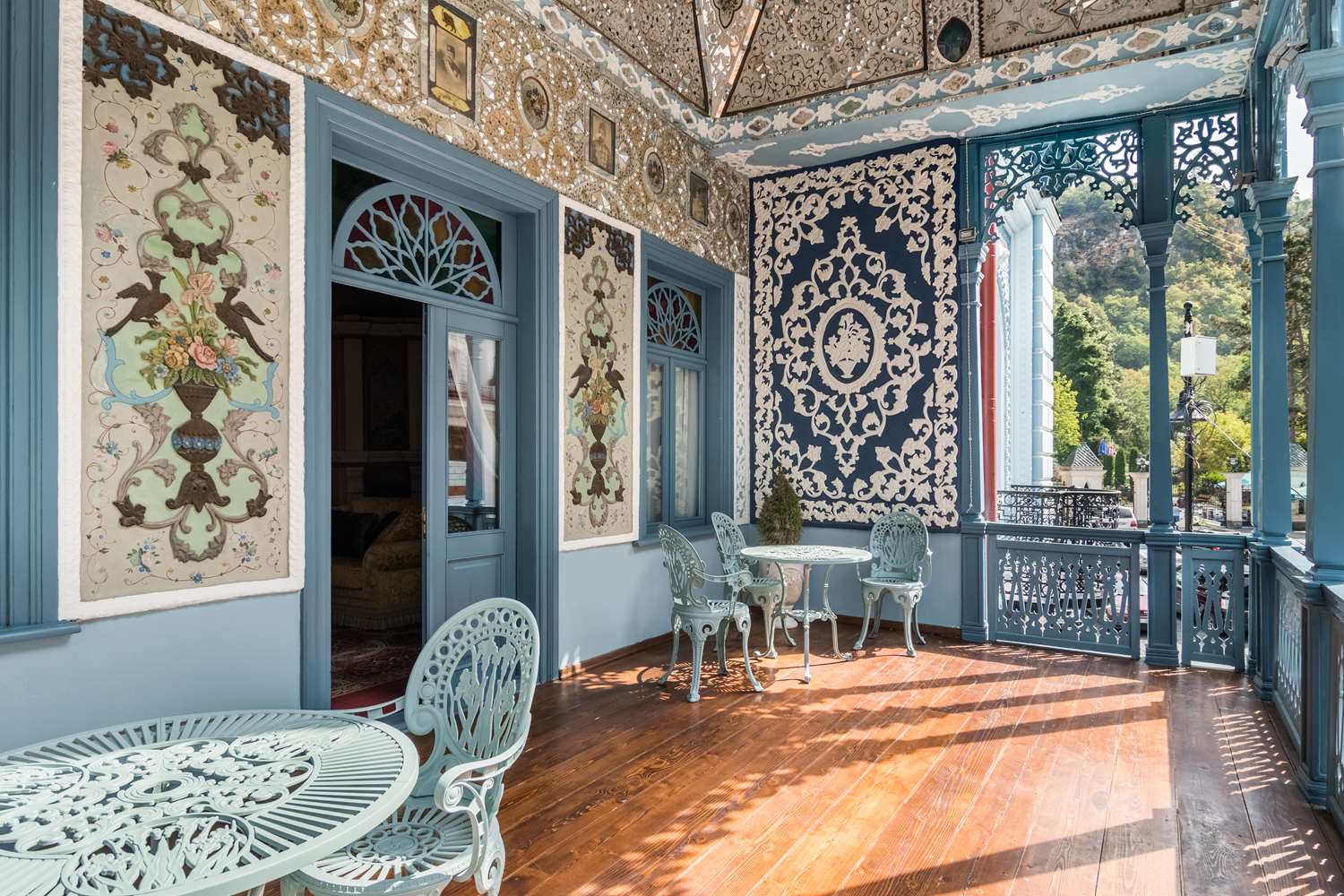
Balcony of Hotel Piruza
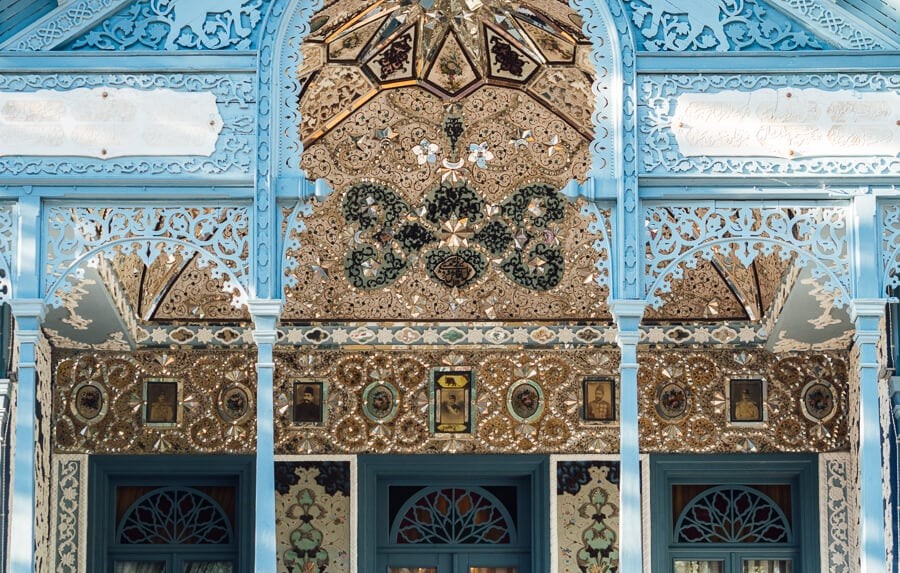
Balcony of Piruza Hotel with symbols of the Sun and Lion
From the very beginning of its construction, Borjomi Piruza captured the attention of both Georgians and international visitors. When American John Bookwalter (1837–1915) traveled to Georgia in 1898, he noted that the most exquisite house, owned by Iranian Ambassador Mirza Reza Khan, had caught his particular interest.
Piruza is also mentioned by Grigory Dzhanshiev, who visited the Borjomi Gorge at the end of the 19th century and wrote a description of it. He included a picture of the house in his travelogue, along with the observation that “this country house is one of the most colorful and distinguished, with its blue balcony inlaid with mirrors.”
The Piruza hotel is a unique architectural structure that continues to draw visitors who come to admire its impressive blend of European, Georgian, and Iranian creative styles.
As mentioned, the internal decoration of the wooden balcony is one of the building's most prominent ornamental features. According to the Persian inscription on the balcony's inner medallion, the Iranian maestro Mirza Mohammad Qazvin completed it in 1309, according to the Hijri calendar (1891/92 AD), and embellished it with mirrors and stucco ornate reliefs. The balcony has a door and two windows that are ornamented with decorations and tinted glass in various hues, like the apartments on the second floor of the inner courtyard. The balcony windows and side planes are adorned with stucco reliefs, with floral-decorative themes that span the whole surface.
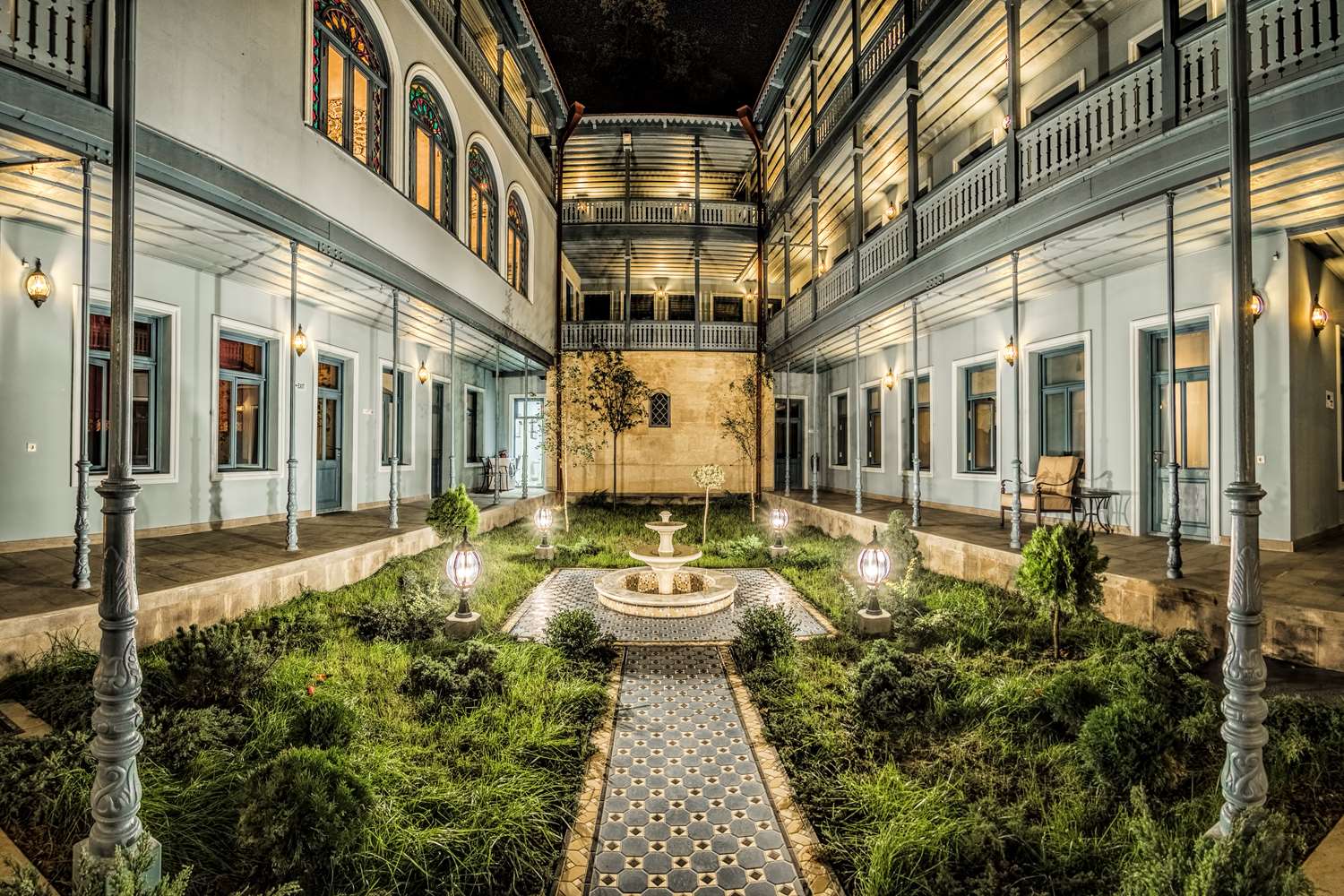
Courtyard of Hotel Piruza
The balcony's major decorative element is the mirrored, ornamental plant patterns that encircle it on all four sides at the upper level of the windows. Mirrors are also used to embellish separate areas of the side wall of the balcony and the ceiling. The mirrored ornamentation is set against a white background and embellished with tiny, decorative scrolls. Between the mirrors and the stucco décor, four-leaf oval medallions are inlaid: some depicting landscapes in dark tones and others vibrant flowers.
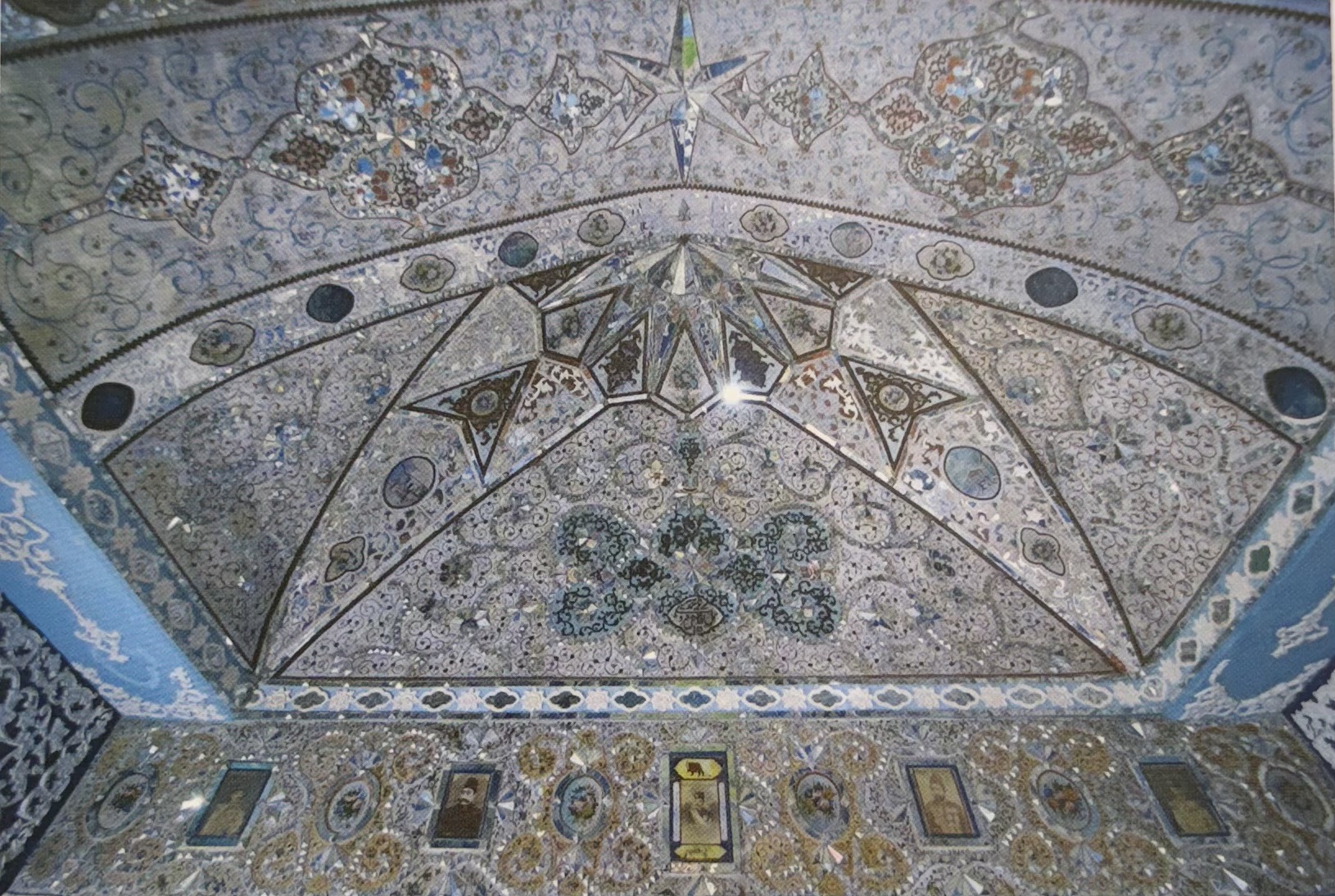
Balcony with mirrors
The pictures set beneath glass above the windows, and the entrance tympana, are the major compositional and ideological focus of the building’s mirrored balcony. In total, there are five portraits. Above the entrance in the center of the composition is a picture of then Iranian ruler Nasser ad-Din Shah. Painted near the end of his reign (1848–1896), this is one of his last portraits. Above the picture, the Persian inscription presents the full regal title of the Shah of Iran.
On the left of this portrait is an image of one of his sons, the heir to the Iranian throne, Mozaffar ad-Din Shah (1896–1907), with a corresponding inscription, where he is referred to as Mirza, or prince.
On the left of Mozaffar ad-Din Mirza is a portrait of Mirza Reza Khan, with the date 1311, according to the Hijri calendar (1893/94 AD). Located to the right of Nasser al-Din Shah is a portrait of Mirza Askar Khan Amin al-Soltan, who was Iran's prime minister from 1858 until 1907, along with the year 1309 AH (1891/92 AD). To the right of this is another portrait of Mirza Reza Khan, dated 1309 AH (1891-1892 AD), which spanned the years when he was the Iranian Consul General in Tbilisi.
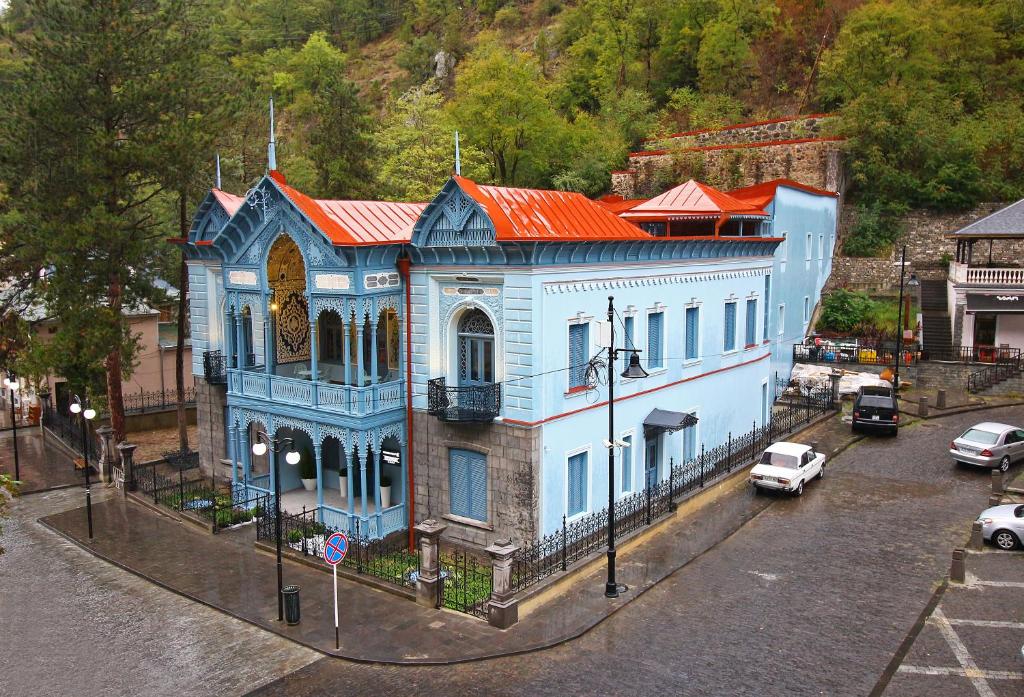
Hotel Piruza, general view
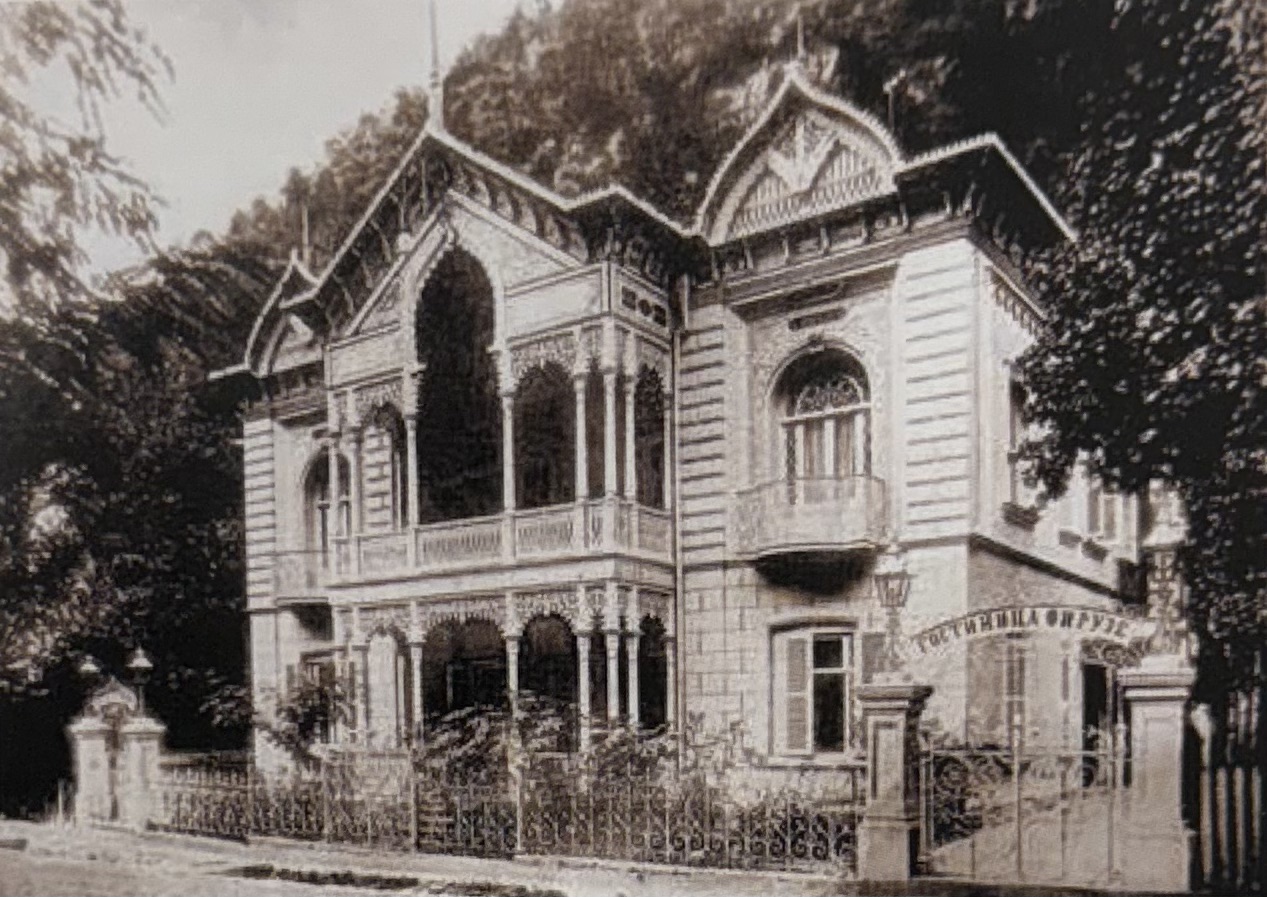
Hotel Pizura, photo from Janshiev's book
The structure was utilized as a sanatorium during the Soviet era, but suffered severe damage in the socially turbulent 1990s, nearly collapsing entirely at the rear. Having different owners at various times, for years it was impossible to adequately bring the structure out of its terrible condition. It finally underwent complete restoration in 2010–2012, with the participation of both Georgian and international experts and restorers. At the request of Georgia's Ministry of Culture, a team from the Iranian Conservation Institute spent many months on the site restoring the dining room, balcony, and the stucco and mirror decorations of the Persian portion of the structure. Eventually, it was restored in full.
Now a prestigious hotel from the international brand Golden Tulip Hotels, Piruza continues to captivate both Borjomi residents and visitors, just as it did at the very beginning of its establishment.